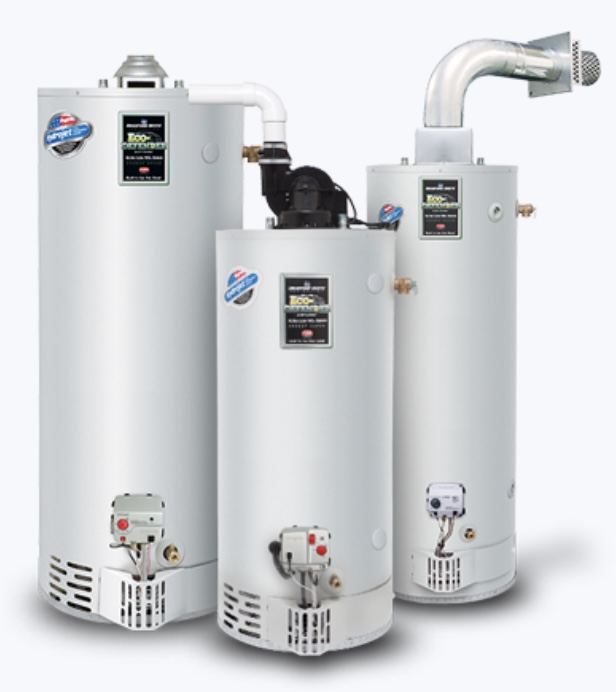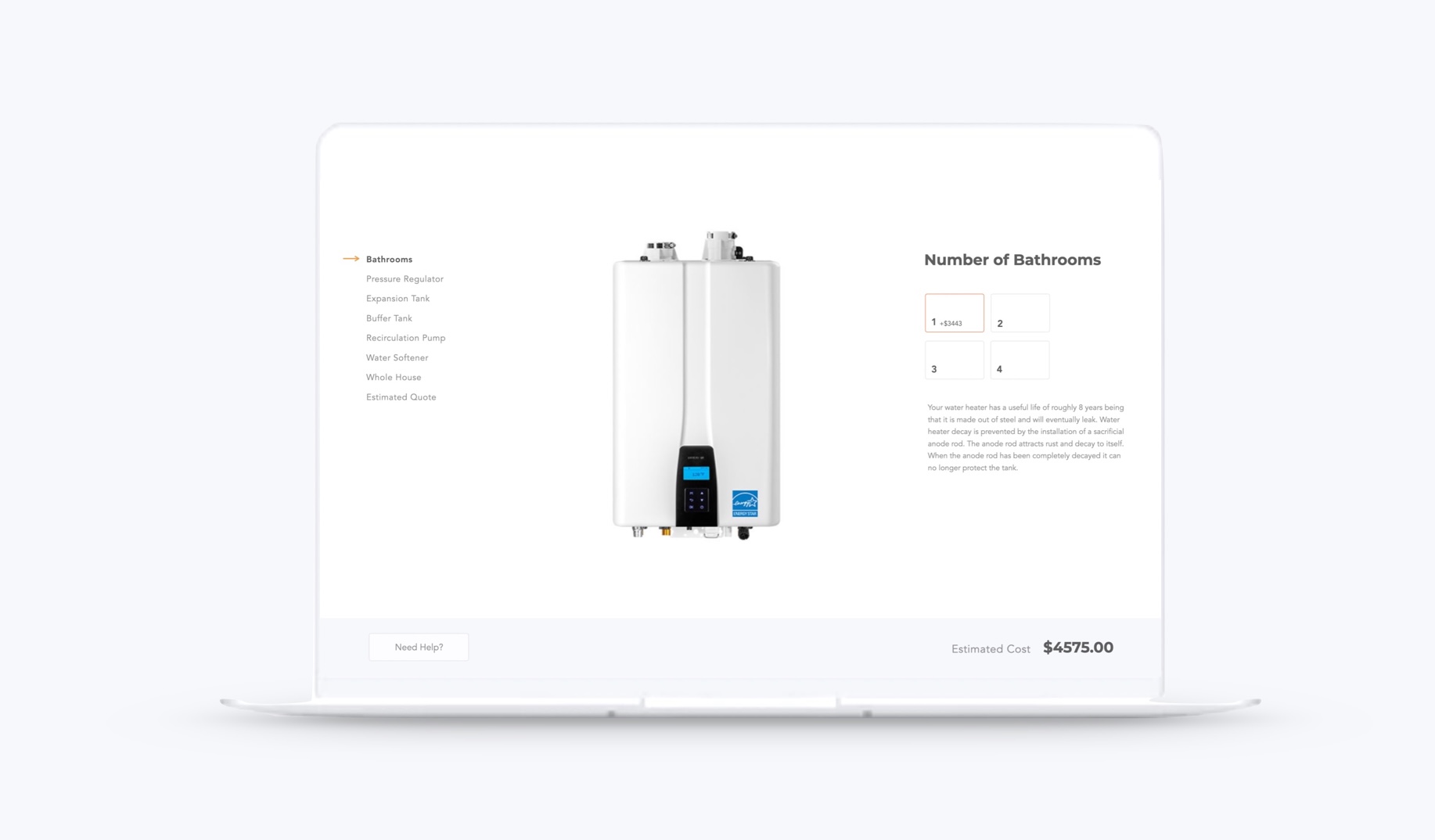Hot water heater drain valve repair is an essential maintenance task that homeowners should be familiar with. The drain valve plays a crucial role in ensuring the proper functioning of a water heater, as it allows for the removal of sediment and debris that can accumulate over time. Signs of a faulty drain valve include leaking or dripping water, inadequate hot water flow, and a rusty or corroded valve. To repair the drain valve, gather the necessary tools and materials, turn off the power and water supply, drain the water heater, remove the faulty valve, install a new one, and test for leaks before reassembling. It is important to avoid common mistakes such as using the wrong type of drain valve, forgetting to turn off the power, or not properly draining the water heater. If unsure or uncomfortable with the repair process, it is recommended to seek professional help. Frequently asked questions about water heater drain valve repair include whether it can be done on one’s own, how often the drain valve should be checked and repaired, the average cost of the repair, the consequences of not repairing a faulty valve, and the time it takes to complete the repair.
Understanding the Importance of a Functioning Drain Valve
A functioning drain valve is crucial for the proper operation of a hot water heater, as it allows for the efficient draining and maintenance of the unit. Without a functioning drain valve, issues such as water leakage, inadequate hot water flow, and rust or corrosion can occur, leading to further damage and potential costly repairs.
Signs of a Faulty Drain Valve
There are several signs that indicate a faulty drain valve in a hot water heater, such as leaking or dripping water, inadequate hot water flow, and a rusty or corroded valve.
Leaking or Dripping Water
If you notice leaking or dripping water coming from your hot water heater, it could be a sign of a faulty drain valve. The drain valve is responsible for releasing excess water and sediment from the tank, and if it is not functioning properly, water can escape and cause damage. It is important to address this issue promptly to prevent further damage and ensure the efficient operation of your water heater.
Inadequate Hot Water Flow
If you notice inadequate hot water flow in your home, it could be a sign of a faulty drain valve in your hot water heater. The drain valve is responsible for releasing built-up sediment and debris from the tank, allowing for smooth water flow. If the drain valve is not functioning properly, it can restrict the flow of hot water, resulting in reduced water pressure and insufficient hot water supply. To address this issue, you will need to repair or replace the drain valve, following the necessary steps and precautions.
Rusty or Corroded Valve
If you notice that your hot water heater drain valve is rusty or corroded, it is important to address the issue as soon as possible. Rust and corrosion can weaken the valve, leading to leaks or even complete failure. To repair a rusty or corroded valve, you will need to gather the necessary tools and materials, turn off the power and water supply, drain the water heater, remove the faulty drain valve, and install a new one. Once the new valve is in place, it is essential to test for any leaks and reassemble the water heater properly. By taking these steps, you can ensure that your hot water heater functions optimally and avoid any potential damages or inconvenience caused by a faulty drain valve.
Steps to Repair the Hot Water Heater Drain Valve
When it comes to repairing a faulty hot water heater drain valve, there are several steps you need to follow:
- Step 1: Gather the necessary tools and materials for the repair.
- Step 2: Turn off the power and water supply to the water heater.
- Step 3: Drain the water heater completely.
- Step 4: Remove the faulty drain valve from the water heater.
- Step 5: Install the new drain valve securely in place.
- Step 6: Test for any leaks and reassemble the water heater.
Gather the Necessary Tools and Materials
Gathering the necessary tools and materials is an essential step in repairing the hot water heater drain valve. To ensure a smooth and efficient repair process, it is important to have the following items on hand:
- Adjustable wrench
- Bucket or drain pan
- Teflon tape
- New drain valve
Having these tools and materials readily available will help in removing the faulty drain valve and installing the new one effectively.
Turn Off the Power and Water Supply
When repairing a hot water heater drain valve, one crucial step is to turn off the power and water supply. This ensures your safety and prevents any potential accidents or damage. To do so, locate the circuit breaker or fuse for the water heater in your electrical panel and switch it off. Next, find the valve on the cold water supply line that feeds the water heater and turn it off completely. This step is essential before proceeding with any further repairs or maintenance to the drain valve.
Drain the Water Heater
To drain the water heater, follow these steps:
- Turn off the power and water supply to the water heater.
- Locate the drain valve at the bottom of the water heater.
- Attach a hose to the drain valve and place the other end in a suitable drainage area.
- Open the drain valve by turning it counterclockwise.
- Allow the water to completely drain from the water heater.
- Once the water has drained, close the drain valve by turning it clockwise.
- Disconnect the hose from the drain valve.
By properly draining the water heater, you can remove any sediment or debris that may have accumulated, ensuring optimal performance and prolonging the lifespan of the appliance.
Remove the Faulty Drain Valve
To remove the faulty drain valve, you will need a few tools and materials such as a wrench, plumber’s tape, and a bucket. First, ensure that the power and water supply to the hot water heater are turned off. Then, locate the drain valve at the bottom of the heater. Using a wrench, carefully loosen and remove the valve from its position. Be cautious as there may still be some residual water in the tank. Place a bucket underneath to catch any water that may spill out. Once the faulty drain valve is completely detached, dispose of it properly.
Install the New Drain Valve
When it comes to replacing a faulty drain valve in your hot water heater, the process involves installing a new drain valve. Here are the steps to follow:
- First, gather all the necessary tools and materials needed for the installation.
- Next, turn off the power supply to the water heater to ensure safety.
- Then, drain the water heater to remove any remaining water.
- After draining the water, carefully remove the old, faulty drain valve.
- Now, it’s time to install the new drain valve. Make sure to follow the manufacturer’s instructions for proper installation.
- Once the new drain valve is securely in place, it’s essential to test for any leaks.
- Finally, reassemble the water heater and restore the power supply to complete the installation process.
By following these steps, you can successfully install a new drain valve for your hot water heater and ensure its proper functioning.
Test for Leaks and Reassemble
After installing the new drain valve, it is crucial to test for leaks and reassemble the hot water heater. This step ensures that the repair was successful and that the system is functioning properly. To test for leaks, carefully inspect the area around the newly installed drain valve for any signs of water leakage. Additionally, it is recommended to run hot water through the heater and observe if any water is escaping from the valve. If there are no leaks, proceed to reassemble the hot water heater by reconnecting any disconnected components and ensuring they are securely fastened. This step guarantees that the hot water heater is fully operational and ready for use.
Common Mistakes to Avoid
When it comes to repairing a hot water heater drain valve, it is crucial to be aware of common mistakes that should be avoided to ensure a successful repair process.
Using the Wrong Type of Drain Valve
Using the wrong type of drain valve can lead to various issues and complications when repairing a hot water heater drain valve. It is crucial to ensure that the replacement drain valve matches the specifications and requirements of your specific water heater model. Using an incompatible drain valve may result in leaks, improper water flow, or even damage to the water heater system. Therefore, it is recommended to carefully research and consult with professionals or refer to the manufacturer’s guidelines to determine the correct type of drain valve for your hot water heater.
Forgetting to Turn Off the Power
Forgetting to turn off the power is a common mistake when repairing a hot water heater drain valve. It is crucial to ensure that the power supply to the water heater is completely shut off before attempting any repairs. Failing to do so can result in electrical shocks or other safety hazards. Always remember to switch off the circuit breaker or disconnect the power source to prevent any accidents during the repair process.
Not Properly Draining the Water Heater
Not properly draining the water heater can lead to various issues and potential damage to the system. When the water heater is not drained correctly, sediment and mineral buildup can accumulate at the bottom of the tank. This buildup can cause the heating element to overwork and potentially burn out, resulting in decreased efficiency and inadequate hot water supply. Additionally, the sediment can also clog the drain valve or other components, leading to leaks and potential water damage. Therefore, it is crucial to follow the proper steps and ensure that the water heater is thoroughly drained during maintenance or repair to prevent these issues from occurring.
When to Seek Professional Help
Knowing when to seek professional help for repairing a hot water heater drain valve is crucial to prevent further damage and ensure a safe and effective repair.
FAQ
The FAQ section provides answers to common questions about water heater drain valve repair, including whether it can be done independently, how often the valve should be checked and repaired, the average cost of repair, the consequences of not fixing a faulty valve, and the estimated time required for the repair process.
Q: Can I repair a water heater drain valve on my own?
Yes, you can repair a water heater drain valve on your own by following the necessary steps and using the right tools and materials.
Q: How often should I check and repair the drain valve?
It is recommended to check and repair the drain valve of a water heater at least once a year to ensure its proper functioning and prevent potential issues.
Q: What is the average cost of repairing a water heater drain valve?
The average cost of repairing a water heater drain valve can vary depending on factors such as the type of valve, the extent of the damage, and the labor costs in your area.
Q: What are the consequences of not repairing a faulty drain valve?
The consequences of not repairing a faulty drain valve can include water leaks, inadequate hot water flow, and further damage to the water heater system.
Q: How long does it take to repair a water heater drain valve?
Repairing a water heater drain valve typically takes a few hours, depending on the complexity of the repair and the skill level of the person conducting the repair.








